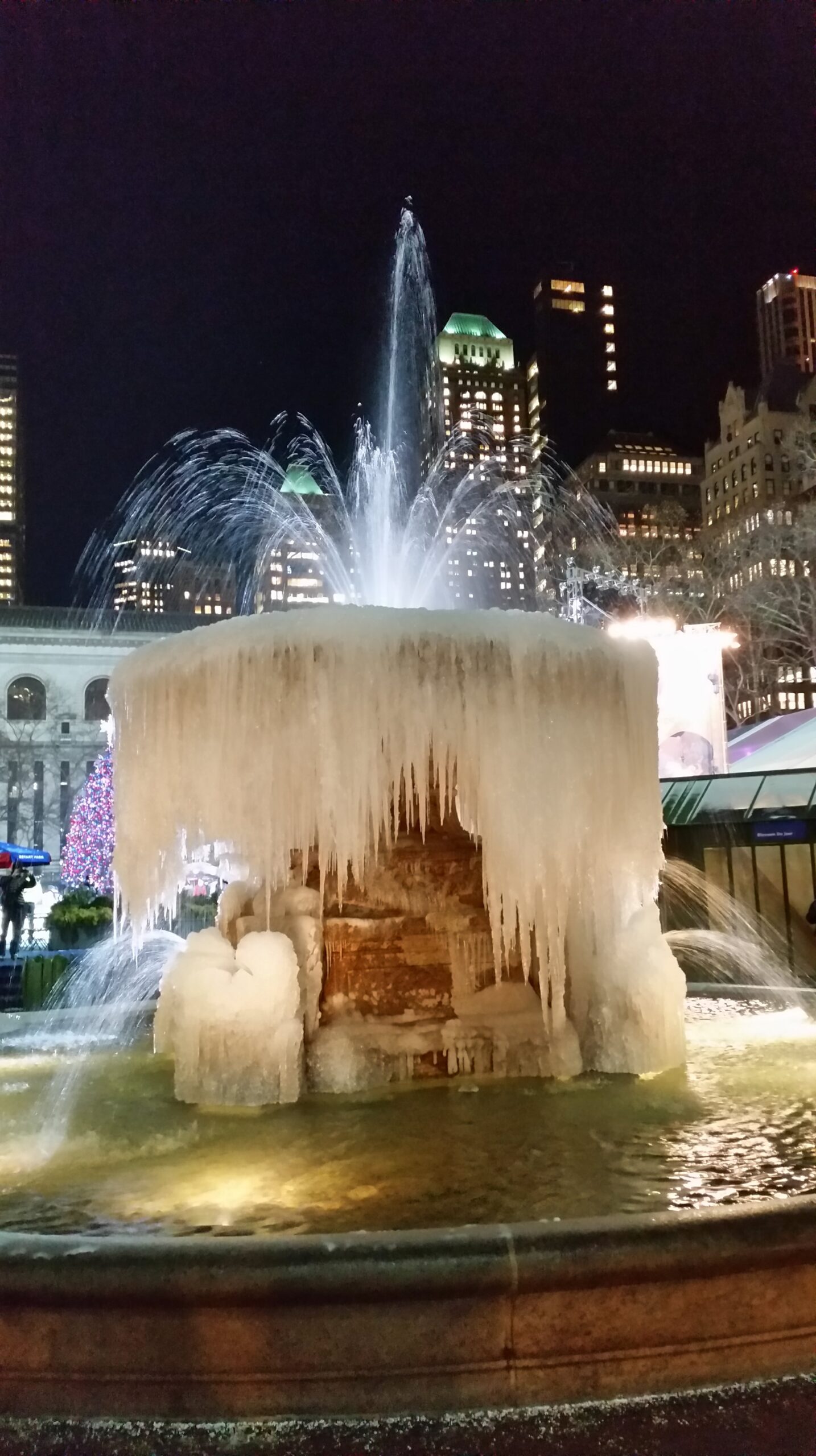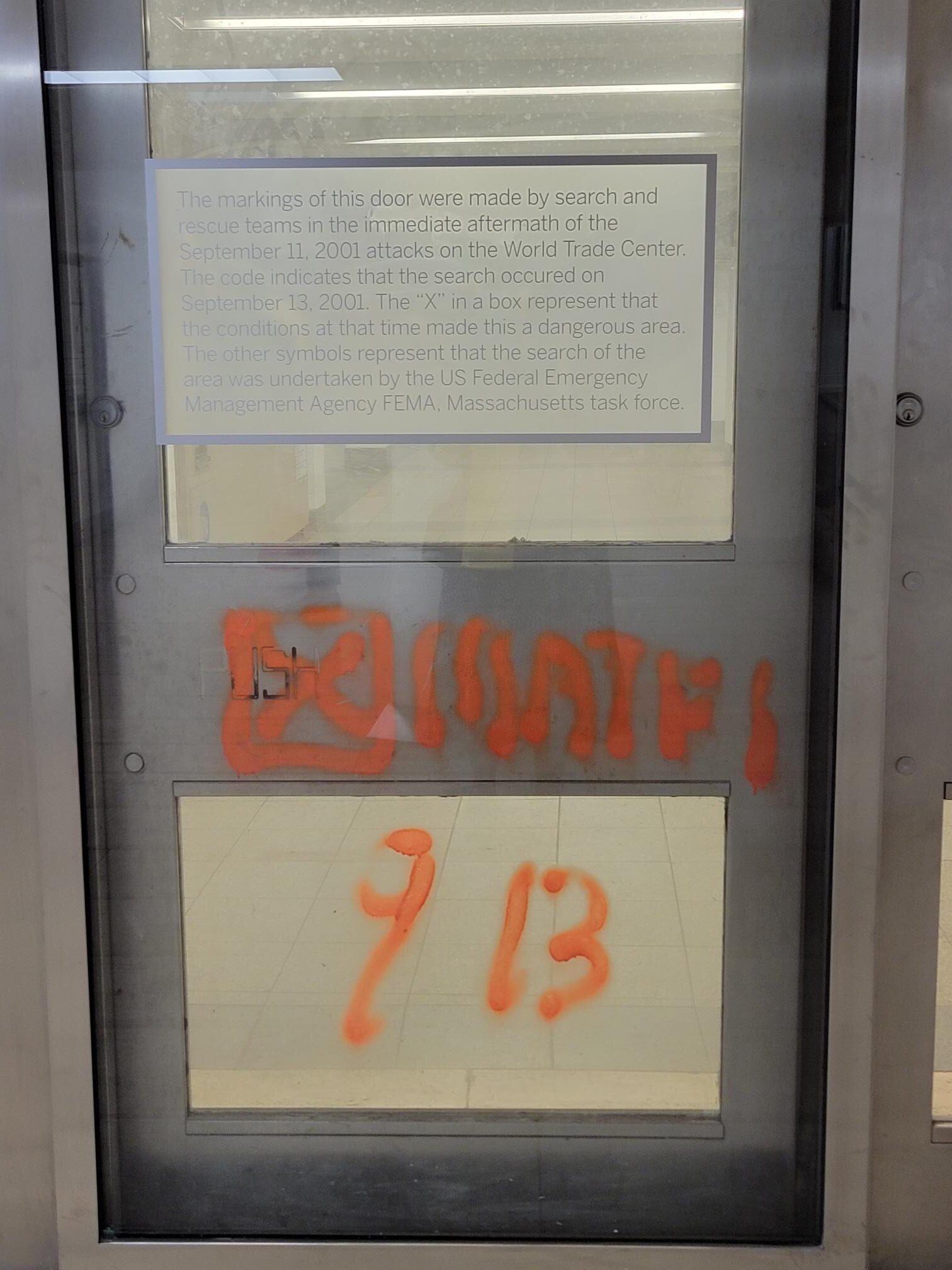Understanding the 5 Boroughs of New York
New York City, or NYC, is comprised of five boroughs, or districts, each of which has its own distinct identity, local government and elected officials. The 5 boroughs of New York are the Bronx, Brooklyn, Manhattan, Queens, and Staten Island. These five boroughs of New York City are not just administrative divisions of the city, but distinct neighborhoods that have their own history, culture, and traditions, which came together in 1898 to form what we now know as New York City. I am blessed and privileged to call New York City home since I moved here in 1999, and am always finding new places to discover and explore in the five boroughs of NYC even today.
From the bustling streets of Manhattan to the sandy beaches of Coney Island, each borough has something to offer visitors and residents alike. Although visitors to New York usually consider Manhattan to be their primary destination, there is so much more to explore in the other boroughs to get a true sense of the city’s diversity and vibrancy. Bronx is on the mainland, Manhattan and Staten Island are islands, and Queens and Brooklyn are on Long Island. Whether you are interested in art, music, food, or history, there is no shortage of things to see and do in the five boroughs of New York City.
Table of Contents
History of the 5 Boroughs of NYC
New York City, one of the most populous cities in the United States, is composed of five boroughs: The Bronx, Brooklyn, Manhattan, Queens, and Staten Island. The history of these boroughs dates back to the early 17th century when the Dutch established a trading post on the southern tip of Manhattan. The area was named New Amsterdam and was later renamed New York City after the English took control of the territory in 1664.
During the 19th century, the city began to expand rapidly, and the population grew at an unprecedented rate. The city’s boundaries expanded, and new neighborhoods were established. In 1898, the five boroughs of New York City were consolidated into a single city, creating the modern-day New York City. An interesting fact is that Brooklyn voted to become part of NYC with a margin of under 300 votes in the 1890s, and is actually big enough to be the 4th largest city in the US on its own.

Each of the five boroughs has its unique history and cultural identity. Manhattan, the most densely populated borough, is the city’s financial and cultural center. Brooklyn, the second-largest borough, was once a separate city and has a rich history of Dutch immigrant communities. The Bronx is known for its diverse neighborhoods and cultural landmarks, such as Yankee Stadium, the Bronx Zoo and the New York Botanical Garden. Queens is the most ethnically diverse borough and is home to both JFK and LGA airports. Staten Island, the least populated borough, is known for its suburban neighborhoods and scenic parks.
The history of the five boroughs of New York City is a rich tapestry of colonialism, consolidation, and cultural diversity. Each borough has a unique identity shaped by its history and cultural heritage.
Manhattan
Manhattan is the most densely populated borough of New York City, with an estimated population of 1.6 million people. It is also the most famous and recognizable of the five boroughs, known for its towering skyline, bustling streets, and iconic landmarks, and often confused with New York City.
Landmarks of Manhattan
Manhattan, also known as The Big Apple, is home to many world-famous landmarks, including Central Park, Times Square, Wall Street, and Broadway. Central Park is a massive urban park in the heart of Manhattan that spans 843 acres and features numerous walking paths, lakes, and gardens. Times Square is a bustling commercial and entertainment hub that is famous for its bright lights, billboards, and street performers. Wall Street is home to the New York Stock Exchange and is the center of the country’s financial industry. Broadway is a major thoroughfare that runs the length of Manhattan and is famous for its theaters and live performances.

Neighborhoods of Manhattan
Manhattan is divided into several neighborhoods, each with its own unique character and charm. Midtown is the central business district of Manhattan and is home to many of the city’s most iconic skyscrapers, including the Empire State Building, Grand Central and the Chrysler Building. Lower Manhattan is the southernmost part of the island and is known for its historic landmarks, such as the World Trade Center and the Statue of Liberty. Uptown is the northern part of Manhattan and is home to many affluent neighborhoods, such as the Upper East Side and the Upper West Side. Little Italy is a small neighborhood in Lower Manhattan that is known for its Italian restaurants and shops.
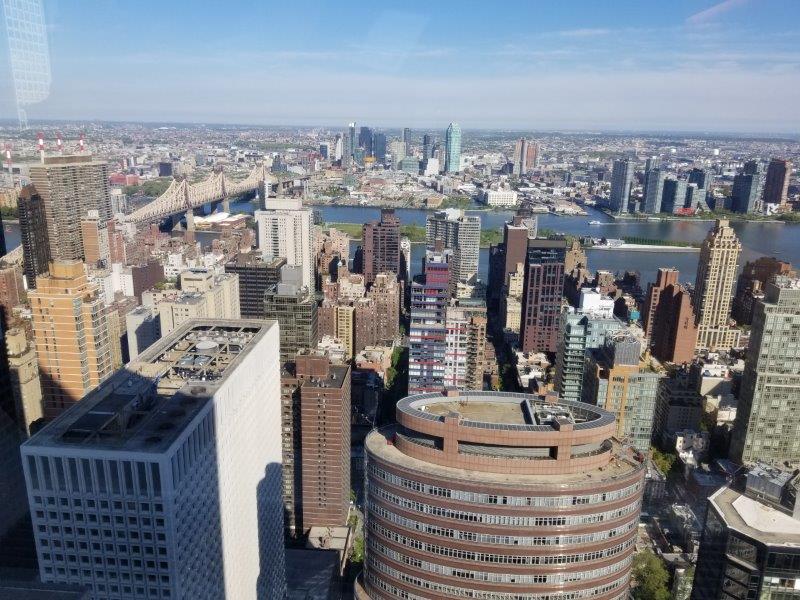
Manhattan is surrounded by water on three sides, with the East River to the east, the Hudson River to the west, and Upper New York Bay to the south. The island is part of New York County and is the most densely populated urban area in the United States. The Manhattan skyline is one of the most recognizable in the world, with its towering skyscrapers and iconic landmarks.
Brooklyn
Brooklyn is the most populous borough of New York City with over 2.5 million residents. Located on the western end of Long Island, it is also the second-largest borough in terms of land area. Brooklyn is known for its distinct neighborhoods, diverse culture, and landmarks.
Brooklyn voted to become part of NYC with a margin of under 300 votes in the 1890s. Brooklyn is big enough to be the 4th largest city in the US on its own.
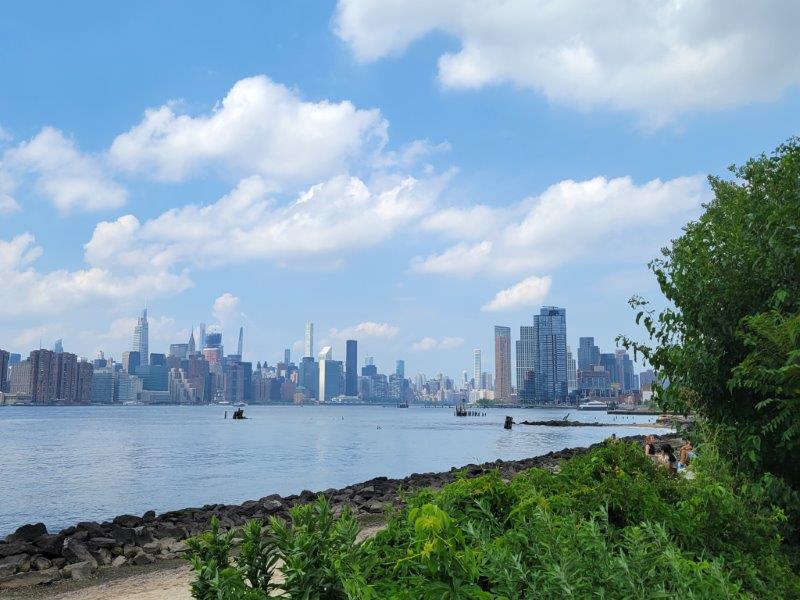
Landmarks of Brooklyn
One of the most iconic landmarks in Brooklyn is the Brooklyn Bridge, which connects Brooklyn to Manhattan. It was completed in 1883 and was the longest suspension bridge in the world at the time, and the first bridge to be lit using electricity. Another popular landmark is Coney Island, a seaside amusement park that has been entertaining visitors since the late 1800s.
Prospect Park is a large park in the heart of Brooklyn that offers a variety of recreational activities, including hiking, biking, and picnicking, and also has a zoo. Prospect Park was built by the same team as Central Park, and there are many parallels to be found between the two parks. Brooklyn also has its own botanical garden, the Brooklyn Botanic Garden, which is home to over 10,000 plants.
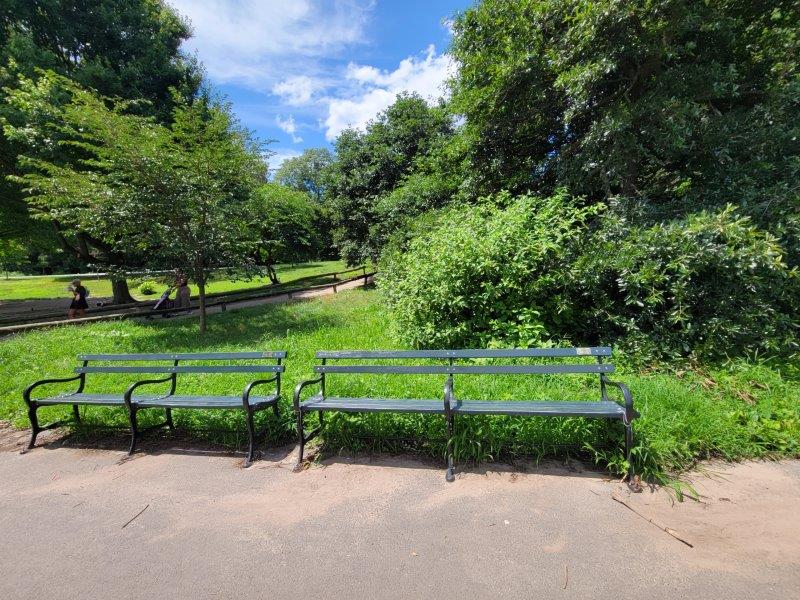
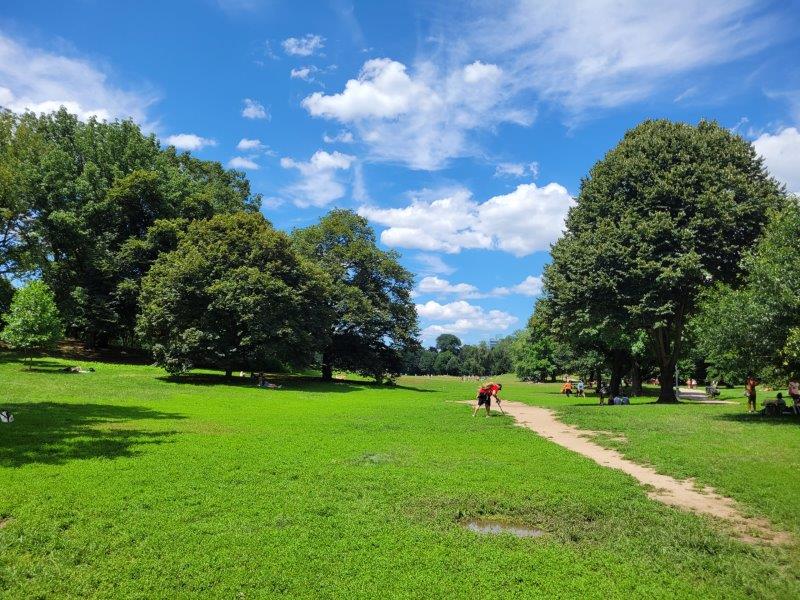
The Brooklyn Museum is one of the largest art museums in the country, with a collection of over 1.5 million objects. It features art from around the world, including ancient Egyptian artifacts and contemporary art. Brooklyn Public Library also has an extensive presence in the borough.
Neighborhoods of Brooklyn
Brooklyn is home to a diverse range of neighborhoods, each with its own unique character. Downtown Brooklyn is the commercial and cultural center of the borough, with many shops, restaurants, and theaters. Williamsburg is a hip neighborhood known for its trendy bars, restaurants, and art galleries. Dumbo, which stands for Down Under the Manhattan Bridge Overpass, is a former industrial area that has been transformed into a trendy neighborhood with upscale shops and restaurants, and a great view of the Manhattan skyline.
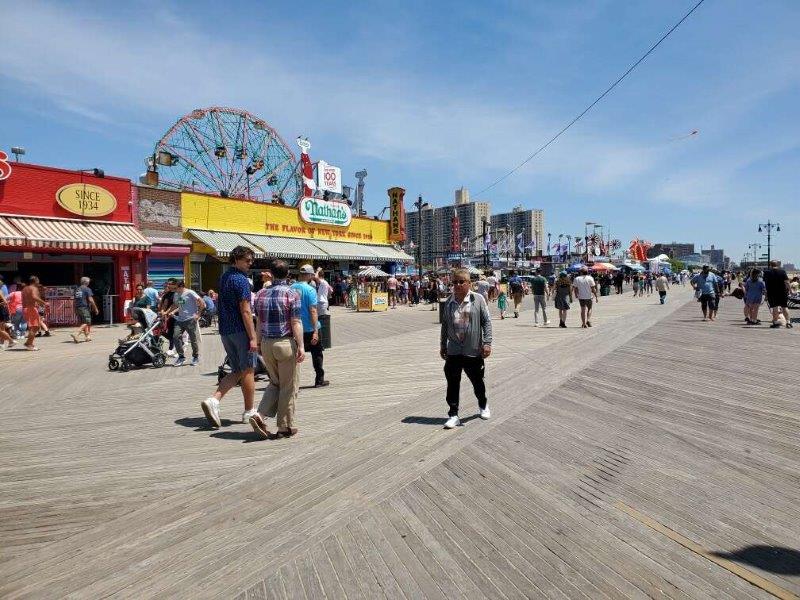
Bushwick is a neighborhood in northern Brooklyn that has been undergoing gentrification in recent years. It is known for its street art and vibrant nightlife.
Overall, Brooklyn has a lot to offer visitors and residents alike. From its iconic landmarks to its diverse neighborhoods, there is something for everyone in Kings County where it is located.
Queens
Queens is the largest borough of New York City in terms of area and second-largest in terms of population. It is located on the western end of Long Island and is adjacent to Brooklyn. Queens County is coterminous with the borough. Queens is known for its diverse population, vibrant neighborhoods, and cultural landmarks.
Landmarks of Queens
Queens is home to several landmarks that attract visitors from all over the world. Flushing Meadows Corona Park is the largest park in Queens and is home to several iconic structures, including the Unisphere, the New York State Pavilion, and the Queens Museum. The park is also home to the USTA Billie Jean King National Tennis Center, which hosts the US Open every year.
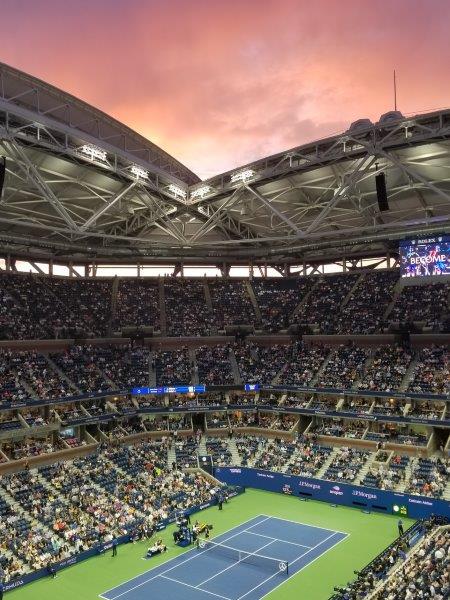
Another popular landmark in Queens is MoMA PS1, which is located in Long Island City. MoMA PS1 is one of the largest contemporary art institutions in the United States and is known for its cutting-edge exhibitions and events.
Neighborhoods of Queens
Queens is divided into several neighborhoods, each with its own unique character and culture. Some of the most popular neighborhoods in Queens include Astoria, Long Island City, Flushing, and Rockaway Beach.
Astoria is known for its diverse population, lively nightlife, and excellent food scene. Long Island City is a rapidly gentrifying neighborhood that is home to several luxury high-rise buildings and art galleries, and a great view of the New York skyline from across the East River. Flushing is a bustling neighborhood that is known for its excellent Chinese and Korean food. Rockaway Beach is a popular destination for surfers and beachgoers, and is home to several parks and boardwalks.
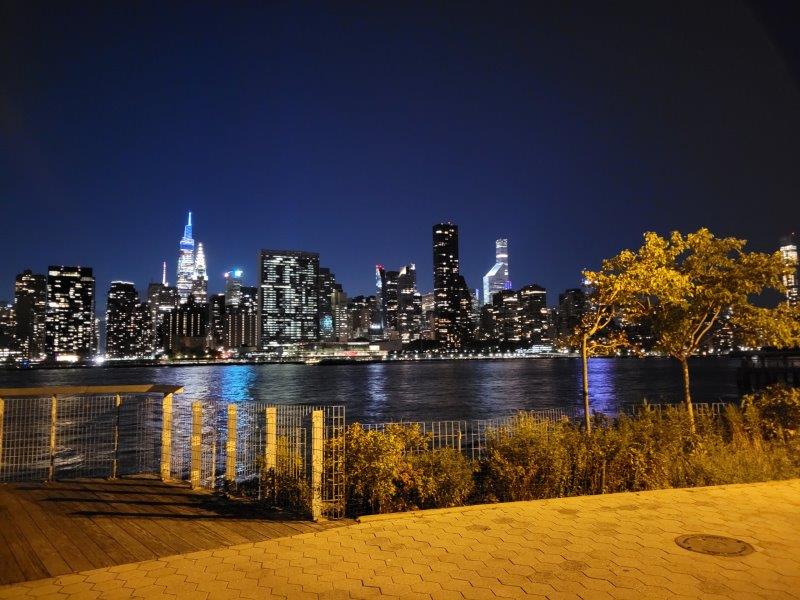
Queens is also home to JFK International Airport, which is one of the busiest airports in the world, and La Guardia, which is an important airport for domestic flights.
The Bronx
The Bronx is one of the five boroughs of New York City, located in the southeastern part of the state. It is coextensive with Bronx County, which was formed in 1912. The Bronx is known for its diverse population, rich culture, and landmarks.
It has a Bronx Walk of Fame which is a tribute to famous individuals who have made significant contributions to the Bronx community. It is located on the Grand Concourse, a major thoroughfare in the Bronx, and features plaques embedded in the sidewalk to honor the achievements of various Bronxites. The Walk of Fame was established in 1997 by the Bronx Borough President’s Office, and new inductees are added each year. Some notable honorees include actor and comedian Billy Crystal, musician Jennifer Lopez, and former New York Yankees player and coach Yogi Berra.
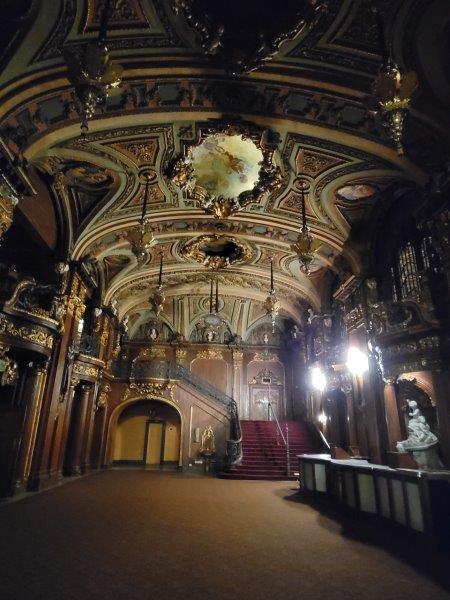
Landmarks of The Bronx
The Bronx is home to several landmarks that are popular tourist attractions. The New York Botanical Garden is a 250-acre garden that features over one million plants. It is one of the largest botanical gardens in the world and is a National Historic Landmark. The Bronx Zoo is another popular attraction, covering 265 acres and housing over 6,000 animals from around the world. It is the largest metropolitan zoo in the United States. It is also home to the Loews Paradise Theater.
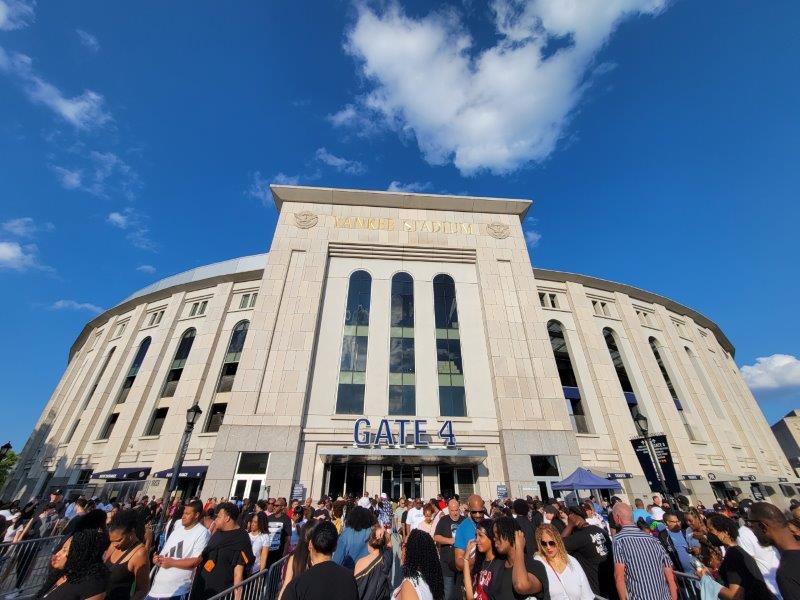
Neighborhoods of The Bronx
The Bronx is composed of several neighborhoods, each with its own unique character. Some of the most well-known neighborhoods include Riverdale, which is a residential neighborhood known for its large homes and scenic views of the Hudson River; Fordham, which is home to Fordham University, the Bronx Zoo, and the New York Botanical Garden; South Bronx, which was historically an industrial area and has undergone significant revitalization in recent years and is now home to several art galleries and cultural institutions, and Pelham Bay, a residential neighborhood with a large park and beach area. Pelham Bay Park is actually the largest park in New York City, and has its own beach and a couple of golf courses.
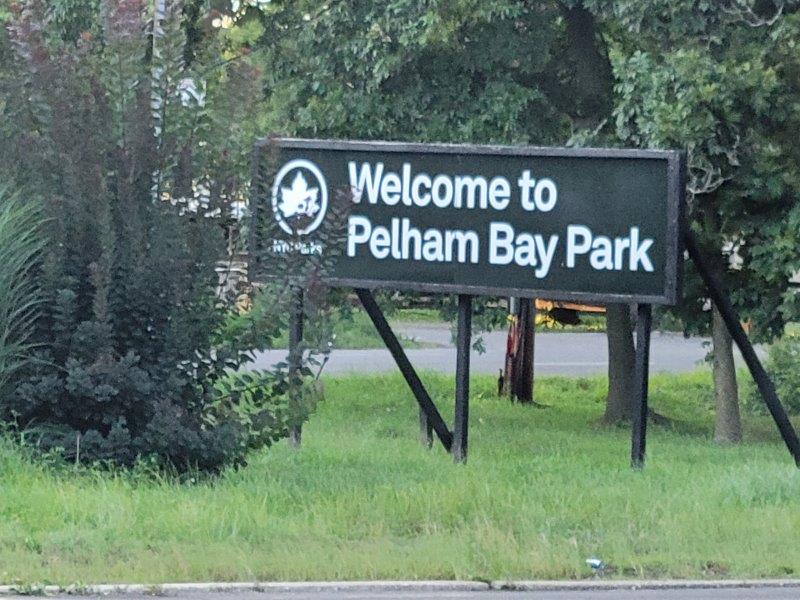
Bronx County was separated from New York County in 1914, and it is the only borough that is part of the mainland United States. The Bronx is also the northernmost borough of New York City.
Overall, The Bronx is a vibrant and diverse borough with a rich history and culture. Its landmarks and neighborhoods provide visitors with a unique experience of New York City.
Staten Island
Staten Island is the southernmost borough of New York City, coextensive with Richmond County and situated at the southern tip of the U.S. state of New York. Staten Island is separated from New York by the Upper New York Bay and from New Jersey by the Arthur Kill and the Kill Van Kull. The Verrazzano-Narrows Bridge connects Staten Island to Brooklyn, which is part of New York City, and the Outerbridge Crossing and the Goethals Bridge connect Staten Island to New Jersey. The Kill Van Kull is a tidal strait that separates Staten Island and Bayonne, New Jersey. It connects Upper New York Bay to Newark Bay and is an important shipping channel for the Port of New York and New Jersey. The name “Kill Van Kull” comes from the Dutch language, with “kill” meaning “stream” and “kull” meaning “valley.”
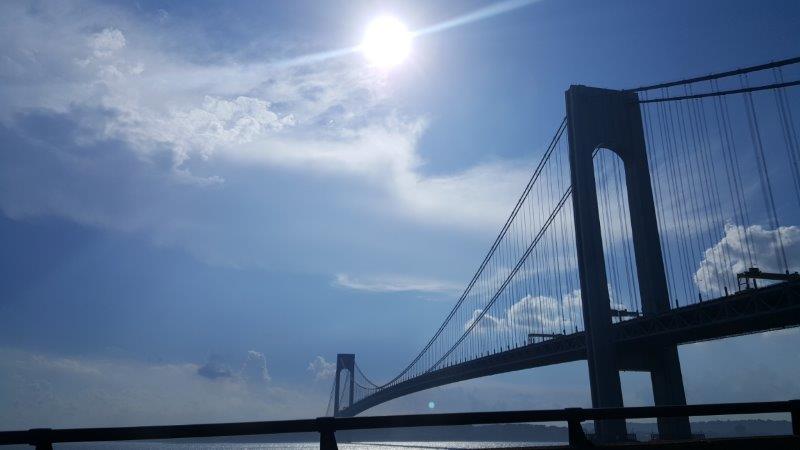
Landmarks of Staten Island
Staten Island is home to several landmarks that attract visitors from around the world. One of the most popular landmarks is the Historic Richmond Town, a living history village and museum complex that showcases the history of Staten Island and the surrounding area. Another popular landmark is the Staten Island Zoo, which houses over 1,500 animals from around the world.
Neighborhoods of Staten Island
Staten Island is divided into several neighborhoods, each with its own unique character and charm. Some of the most popular neighborhoods include Annadale, Arden Heights, Arrochar, Bay Terrace, Bloomfield, Brighton Heights, Bulls Head, Castleton Corners, Charleston, Chelsea, Clifton, Concord, Dongan Hills, Egbertville, Elm Park, Eltingville, Emerson Hill, Fort Wadsworth, Graniteville, Grant City, and Grasmere.
Each neighborhood has its own distinct features, such as historic landmarks, beautiful parks, and cultural attractions. For example, the neighborhood of Arden Heights is known for its quiet residential streets and beautiful parks, while the neighborhood of Eltingville is home to several popular restaurants and shopping destinations.
Overall, Staten Island is a vibrant and diverse borough that offers something for everyone. Whether you are interested in history, culture, nature, or simply enjoying the sights and sounds of the city, Staten Island has something to offer.
Government and Politics
New York City, as a part of the State of New York, has a unique system of government and politics. The city is divided into five boroughs, each with its own Borough President who acts as an advocate for their borough, but the real power lies with the Mayor of New York City. The Mayor is responsible for the day-to-day management of the city and has significant influence over the city’s budget and policies.
The Mayor of New York City is elected by popular vote for a four-year term and is limited to two consecutive terms. The Mayor is also a part of the New York City Council, which is composed of 51 members who are elected to four-year terms.
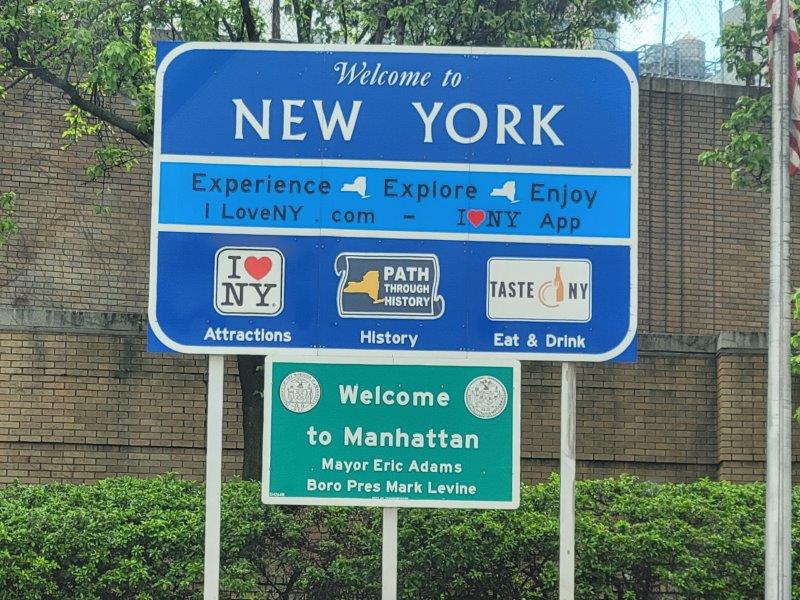
The New York City Council is responsible for passing laws and regulations that affect the city. The Council is also responsible for approving the city’s budget and has the power to override the Mayor’s veto with a two-thirds majority vote. The Council is led by the Speaker of the Council, who is elected by the Council members.
The city’s government is also subject to the decisions of higher courts, including the U.S. Supreme Court. In 1989, the U.S. Supreme Court ruled that the Board of Estimate, which was responsible for managing the city’s budget and policies, was unconstitutional due to its unequal representation of the boroughs. This led to the creation of the current system of government, which gives more power to the Mayor and the City Council.
Politicians in New York City are known for their activism and engagement with their constituents. The city has a long history of progressive politics, and many politicians have used their positions to advocate for social justice and equality. In recent years, the city has seen a rise in younger, more diverse politicians who are challenging the status quo and pushing for change.
Overall, the government and politics of New York City are complex and constantly evolving. The city’s unique system of boroughs and its history of progressive politics make it a fascinating place to study and observe the intersection of government and society.
Culture and Lifestyle
New York City is a melting pot of cultures, making it one of the most diverse cities in the world. Each borough has its own unique culture and lifestyle, which makes exploring the city an exciting and enriching experience.
Manhattan is the cultural and financial hub of the city, with towering skyscrapers and world-renowned museums and galleries. It is a densely populated borough with a vibrant nightlife, upscale restaurants, and exclusive shopping districts.
Brooklyn, on the other hand, is known for its laid-back and creative vibe. It is home to many artists, musicians, and writers, and has a thriving food scene. Visitors can explore the trendy neighborhoods of Williamsburg and Bushwick, which are filled with street art, galleries, and hip cafes.
Queens is the most ethnically diverse borough, with residents hailing from all over the world. It is known for its authentic ethnic cuisine, such as Indian, Chinese, Serbian, Mexican, Nepalese and Korean food. Visitors can also check out the Queens Night Market, which offers a variety of international street food and live performances.
The Bronx is the birthplace of hip hop and has a rich musical history, giving it the nickname Boogie Down Bronx. Visitors can explore the Bronx Walk of Fame, which honors famous musicians such as Jennifer Lopez and Grandmaster Flash. The borough is also home to the Bronx Zoo, the New York Botanical Garden, and Yankee Stadium.
Staten Island is the least densely populated borough and is known for its parks and beaches. Visitors can take a stroll along the boardwalk at South Beach or explore the historic Fort Wadsworth.
Overall, each borough has its own unique culture and lifestyle, making New York City a truly diverse and exciting destination for tourists and locals alike. Whether you’re a foodie, music lover, or Instagram influencer, there’s something for everyone in the five boroughs.
Demographics and Population
New York City is one of the most populous cities in the world, with a population of over 8.3 million people as of the latest census in 2020. The city is divided into five boroughs: The Bronx, Brooklyn, Manhattan, Queens, and Staten Island. Each borough is coextensive with a respective county of the State of New York.
According to the U.S. Census Bureau, the most populous borough is Brooklyn, with a population of over 2.5 million people. Queens comes in second with a population of over 2.3 million people, followed by Manhattan with a population of over 1.6 million people. The Bronx has a population of over 1.4 million people, and Staten Island has a population of over 476,000 people.
New York City is known for its diversity, with people from all over the world calling the city home. The city is home to the largest Jewish population outside of Israel, the largest Chinese population of any city outside of Asia, and the largest Dominican population of any city in the world. Other large immigrant groups in the city include people from Jamaica, Guyana, Mexico, Ecuador, Brazil, Haiti, Trinidad and Tobago, Colombia, Russia, and El Salvador.
The city is divided into 59 community districts, which are geographic areas that are created by the New York City government to facilitate the delivery of city services. Each community district is represented by a community board, which is made up of local residents appointed by the borough president and city council members. The community boards play an important role in shaping local policy and advocating for the needs of their communities.
Overall, the demographics and population of New York City are incredibly diverse and constantly evolving. The city’s unique mix of cultures and communities is what makes it such a vibrant and exciting place to live and visit.
New York Burrows or New York Boroughs
I say boroughs, you say burrows, I say New York City, you say NYC. While New York City and NYC are interchangeable, it is a common misconception that the New York Boroughs are called the New York Burrows, or that 5 Boroughs of New York are called the 5 Burrows of New York. The correct term to describe the 5 districts that make up New York is boroughs, so the correct usage is the 5 boroughs of NYC.
Closing Thoughts
New York City is comprised of five boroughs, each of which is an integral part of the City, and each of which brings a unique perspective to the melting pot that makes up one of the most famous cities in the world. While Manhattan tends to be the best knows, there is a lot to explore, visit, experience and discover in the Bronx, Brooklyn, Manhattan, Queens, and Staten Island. Each of these boroughs is well connected by public transportation, and offers a multitude of options to visit based on your interests.
Frequently Asked Questions
What are the five boroughs of NYC?
New York City is composed of five boroughs: The Bronx, Brooklyn, Manhattan, Queens, and Staten Island. Each of these boroughs has its own unique characteristics and attractions.
What is each NYC borough known for?
Manhattan is known for its towering skyscrapers, world-class museums, and bustling Times Square. Brooklyn is famous for its hip neighborhoods, trendy restaurants, and iconic Coney Island. Queens is home to the bustling JFK and LGA airports, as well as the US Open tennis tournament and the New York Mets. The Bronx is known for the New York Yankees, the Bronx Zoo, and the birthplace of hip-hop. Staten Island is a more suburban borough, known for its parks, beaches, and ferry ride to Manhattan.
Which borough is Harlem in? Is Harlem one of the five boroughs?
Harlem is a neighborhood in the borough of Manhattan.
Why are they called boroughs?
New York City was originally made up of only Manhattan, but as the city grew, it expanded to include other areas. These areas were designated as boroughs to give them a sense of individual identity and representation within the city.
What are the 5 burrows of New York?
The correct spelling of the 5 districts that make up New York City is “boroughs”, which were created to provide a sense of identity and representation for different areas of the city. The five boroughs of New York City are The Bronx, Brooklyn, Manhattan, Queens, and Staten Island.


